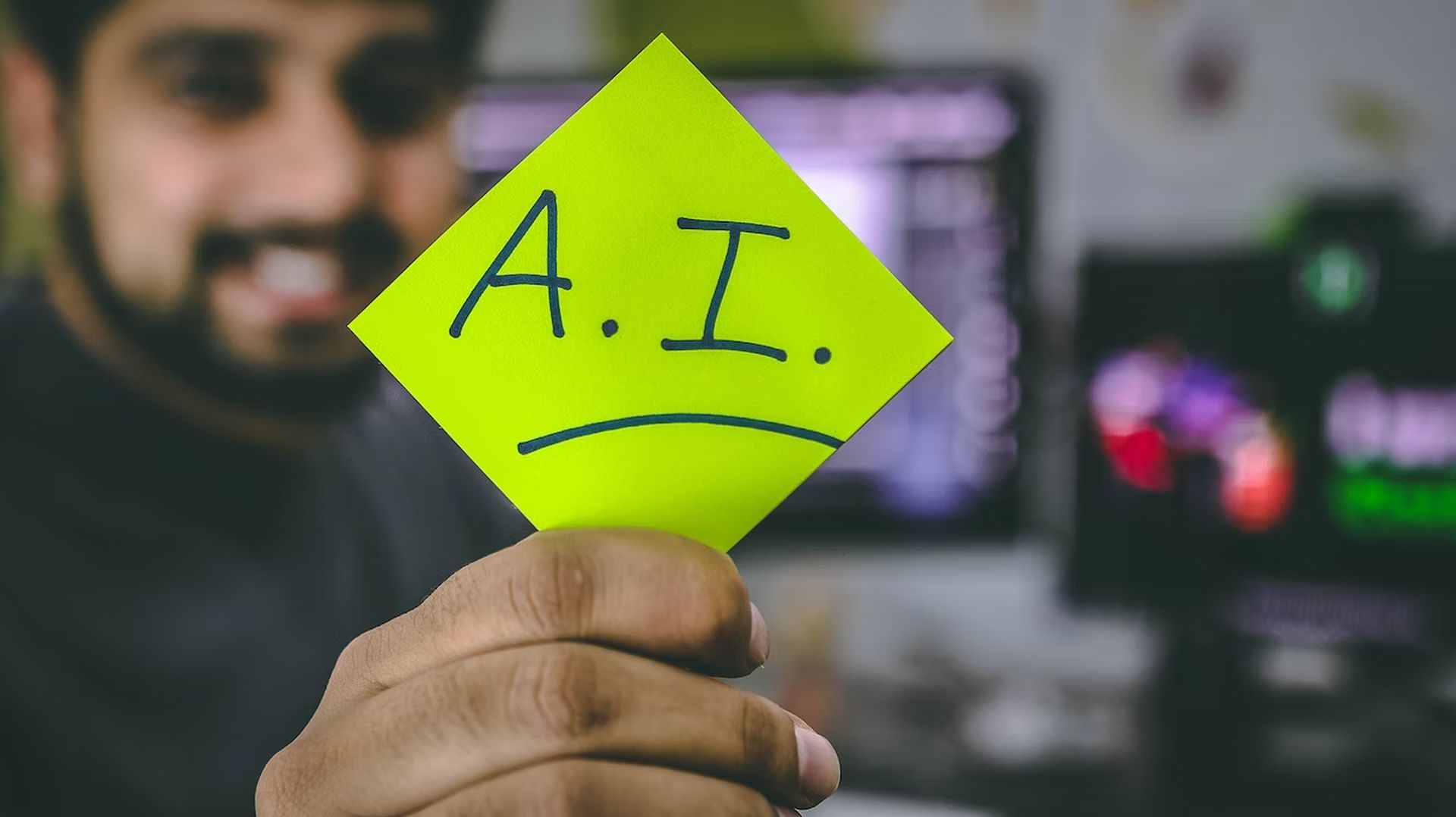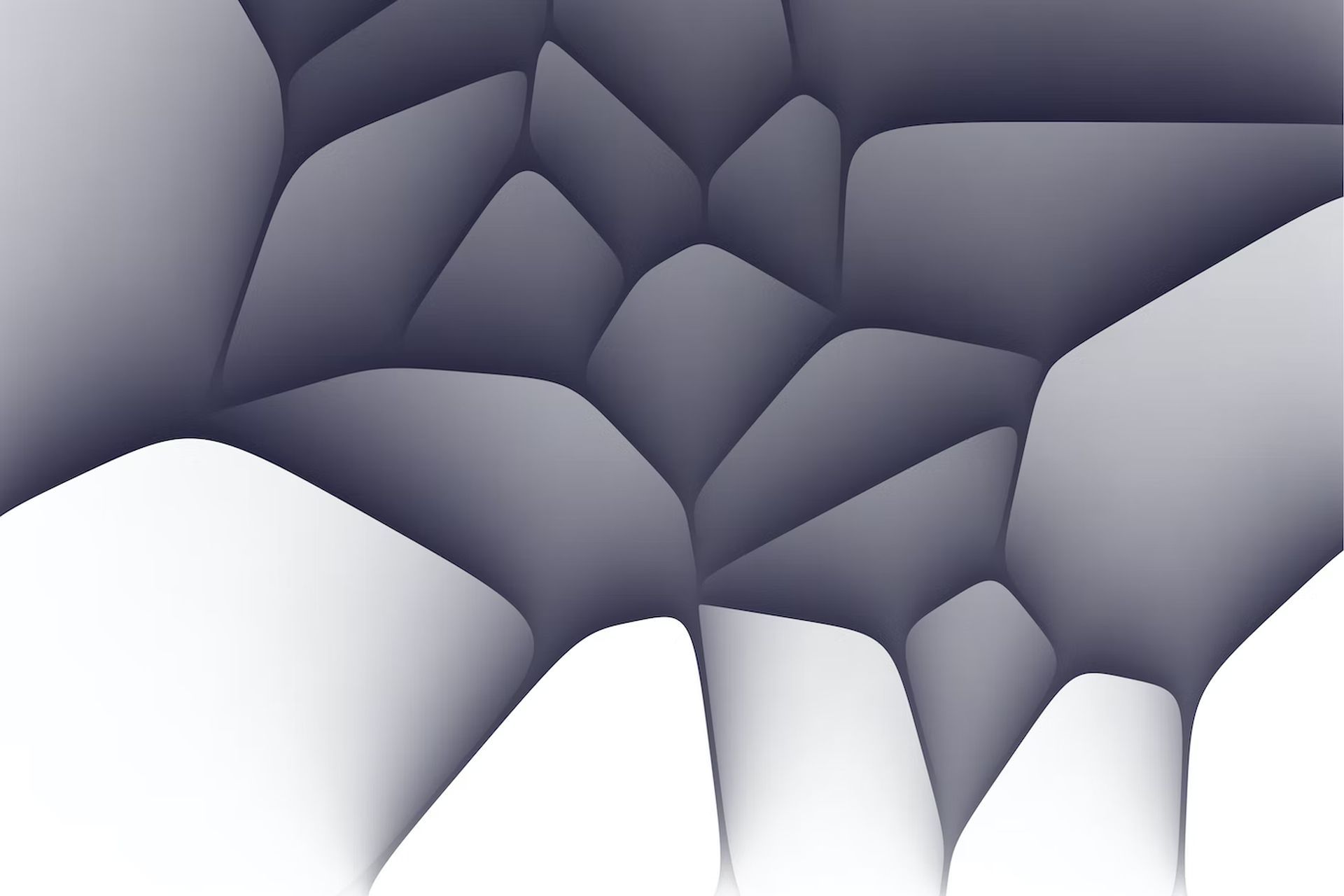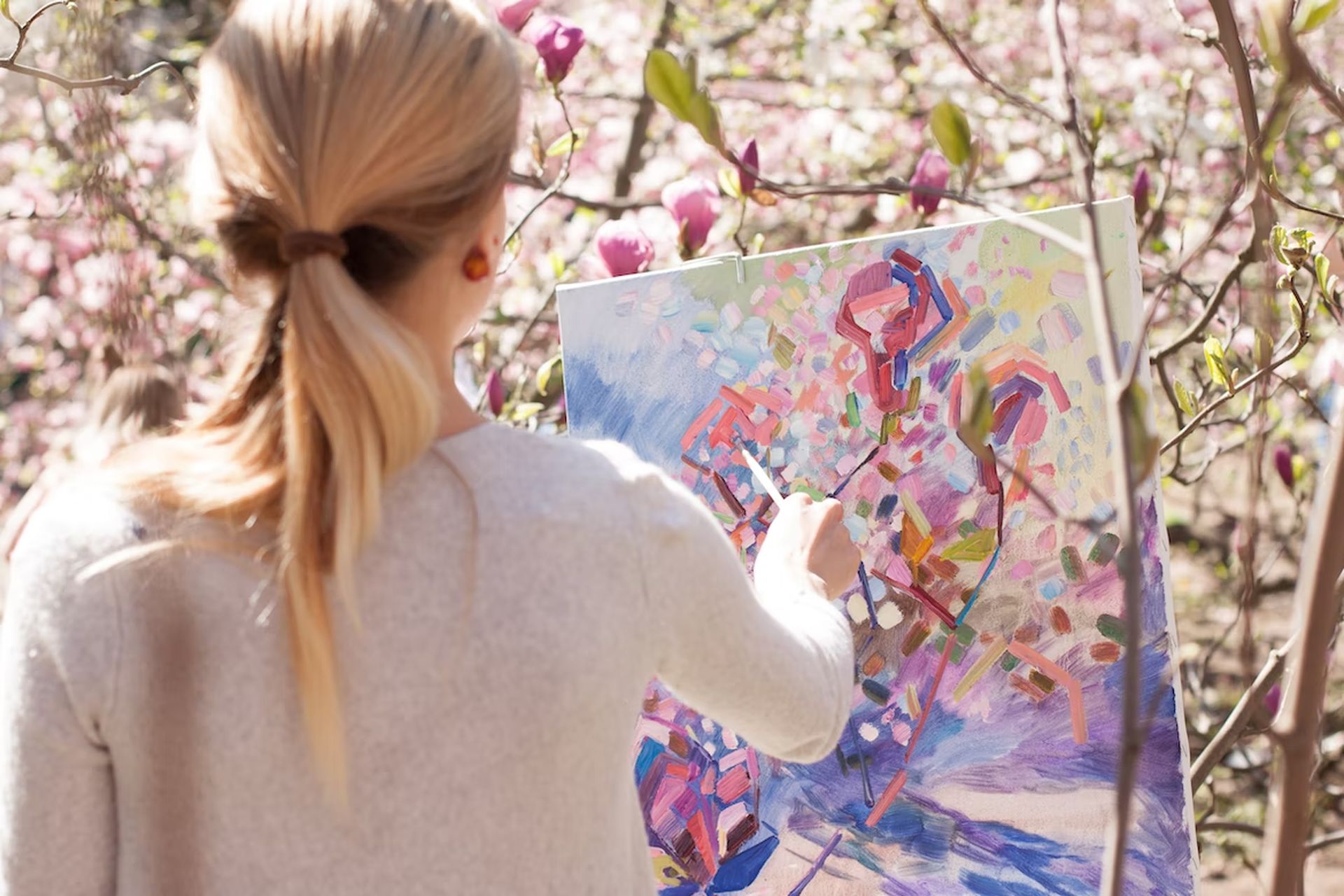- Using artificial intelligence to produce unique artwork appeared to be cutting-edge and technology of the future only a few months ago. However, as AI art tools evolve and become more common, the general public adjusts to what they can do.
- Microsoft Corp. said this week that it was optimizing its $1 billion investment in OpenAI, an artificial intelligence research startup, by incorporating that company’s excellent AI service into Microsoft 365 via the Microsoft Designer app.
- Microsoft Designer employs OpenAI’s DALL-E 2 AI technology to generate any image that users enter into a box.
- As AI becomes more ubiquitous, AI ethicists are particularly concerned about a flood of new fake images flowing on the internet and feeding misinformation campaigns.
- Microsoft is following in the footsteps of OpenAI’s limited release of DALL-E 2, as well as its stringent restrictions on the kind of images it will generate.
Using artificial intelligence to make original artwork look like it was cutting-edge and futuristic technology only a few months ago. It will soon be as routine as performing a Google search. As AI art tools are evolving and becoming more mainstream masses are adapting to what they can achieve. An AI artwork even won a prize in an art competition a few weeks back.
We already explained Stable Diffusion along with DALL-E 2, Midjourney, DreamBooth AI, Wombo Dream, Make-A-Video, Chai App, AI Dungeon, and NovelAI. Don’t be scared of AI jargon; we have created a detailed AI glossary for the most commonly used artificial intelligence terms and explain the basics of artificial intelligence as well as the risks and benefits of artificial intelligence.
Microsoft’s approach to artwork created by artificial intelligence
Microsoft Corp. stated this week that it was maximizing its $1 billion investment in OpenAI, an artificial intelligence research startup, by integrating that firm’s outstanding AI service into Microsoft 365, the company’s main software services package. Microsoft Designer uses OpenAI’s DALL-E 2 AI technology to produce any picture that users put into a box, such as a “cake with berries, bread, and pastries for the fall.”

It’s a big step forward for DALL-E 2, which was just announced six months ago. While the Designer app is presently only in beta, its release highlights how swiftly art-generating AI has advanced to the point that artists have voiced alarm. Some artist names often appear as text prompts in comparable art generators, which has some concerned about the impact the technology will have on their careers. AI ethicists are particularly concerned about a flood of new false pictures circulating on the internet and fueling disinformation campaigns.
Nonetheless, Microsoft’s presence in this sector is welcome. The business is following in the footsteps of OpenAI’s limited rollout of DALL-E 2, as well as its rigorous constraints regarding the sorts of pictures it will create. DALL-E 2, for example, prohibits images with explicit sexual and violent content by simply eliminating such images from the collection of images used to train its model. Microsoft has said that it will employ similar filtering.

Microsoft also stated that it will prohibit text prompts on “sensitive topics,” which it did not elaborate on but will most likely reflect DALL-E 2’s policy of prohibiting inquiries about politics, unlawful activities, or photos of well-known persons such as politicians or celebrities.
AI ethicists and artists have concerns
Some digital ethicists have expressed concern that open-source versions of this type of technology, such as a tool published in August by British firm Stability AI, may lead to a flood of bogus information infecting social networks and disrupting upcoming elections (think fake images of Joe Biden or Donald Trump in controversial situations).
However, a properly managed version of Microsoft’s technology appears to lessen that promise for two reasons. First, opportunistic photo fakers are likelier to thwart their efforts by the technology’s filters. Furthermore, as more individuals utilize these technologies, the general public will become more aware that AI may have created photographs on the internet.

It’s incredible how rapidly this type of creative artificial intelligence is evolving and how Microsoft’s Designer tool will soon sit alongside business software mainstays like Word, Outlook, and Excel. As several have previously pointed out, this is like clip art on steroids, with only the user’s imagination as a constraint.
Microsoft Designer: Tech giant joins the AI-generated artwork trend using DALL-E 2
It also emphasizes how difficult it might be to anticipate where artificial intelligence will go. A few years ago, tech commentators largely predicted that we would have self-driving trucks and vehicles on the road, reducing accident rates and displacing human drivers. Artists and illustrators now have more cause for fear, even though the nature of their job may just shift. Millions will need to be adaptable as art generation becomes more accessible.





